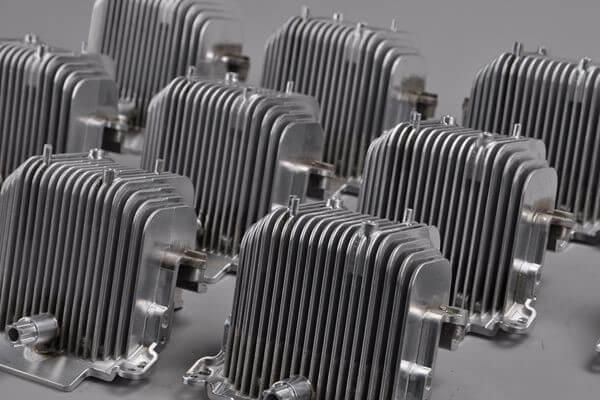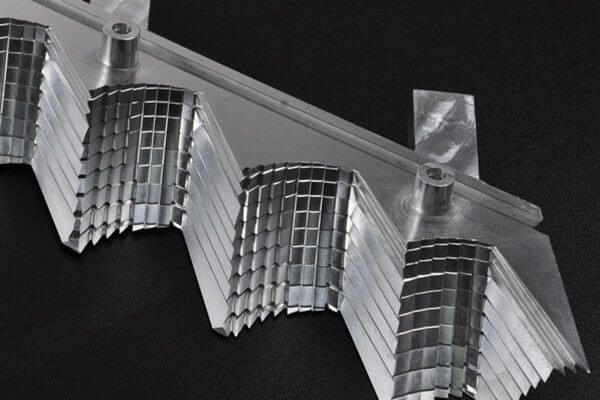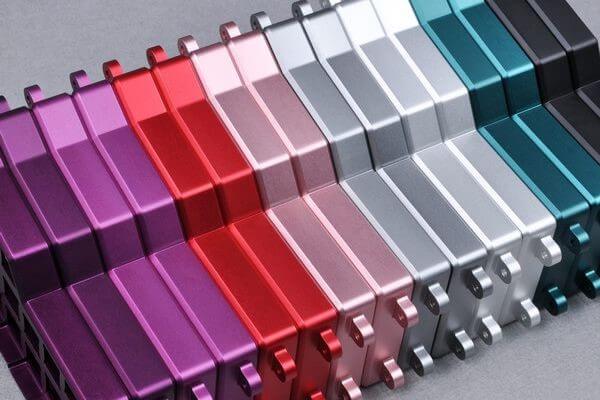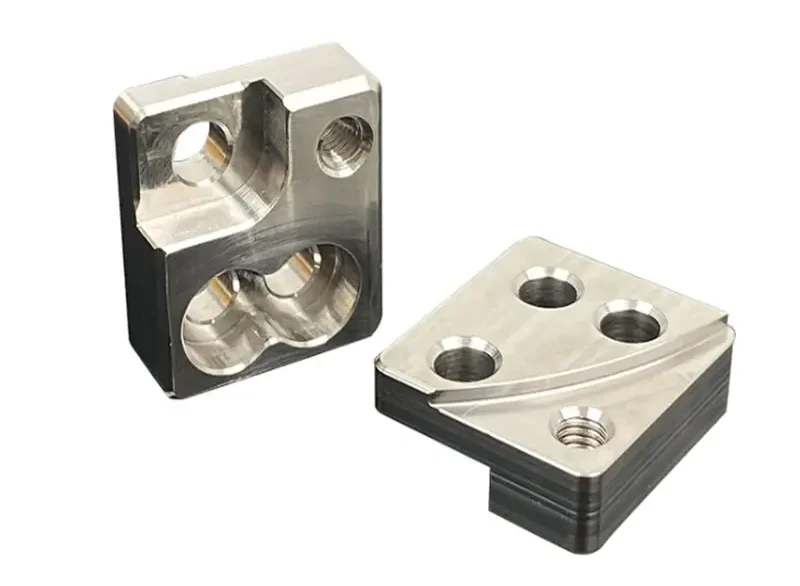Factors Affecting CNC Machining Cost
CNC machining is a type of manufacturing that utilizes digital codes to create parts. CNC machining has many advantages, for example, it can increase the speed of part production and reduce batch production time when producing identical parts. Since it is controlled by a computer, it can also reduce human errors in the manufacturing process. CNC machining is also the preferred choice for producing precise and complex parts. CNC machining costs can vary depending on different factors listed below, including machining technician salary.
1.CNC Machine Cost
The machining cost varies with the type of machine. There are mainly two types of machines that are used to manufacture CNC machined parts i.e. 3-axis and multi-axis machines. The machine cost also depends on various factors like the size and weight of the machine, speed, power and machine configuration. CNC milling is more expensive than other types of machining operations due to the more complex parts involved. The machining charges increase with the number of axes of the milling machine. For example, in case of 5-axis machining, it costs more compared to 3-axis machines.

2.Machining Time
The time required for the complete machining of any CNC machined part also plays an important role in the calculation of CNC machining cost, the longer the machining time, the higher the machining cost, which increases the basic setup cost. Software such as CAM that requires a 3D CAD design model can provide an estimate of the time required to complete a project. Projects with a high degree of complexity require more time to complete.
3.Labor
One of the advantages of CNC machining over manual machining is reduced labor requirements. The cost of the experts who design the 3D CAD model is the main labor cost, which increases with product complexity and does not change with the number of parts, which reduces the price of single-part machining. However, the labor cost of operating the CNC machine increases with machining time, and the labor cost is higher if the parts need to be manually assembled, finished and post-processed, and there are additional labor costs if the finished product is delivered to customers in different locations.
4.Shape Complexity and Size
Machining costs also increase with the complexity of the CNC machined part. More complex parts may require more process operations, different tools, and more production time. Part features like sharp internal angles, deep cavities, or thin walls increase CNC machining costs. Designs with simple features are easy to manufacture and can also save manufacturing time. Larger parts require more raw materials and time to make, so they will cost more than smaller parts.

5.Material Cost
When calculating the cost of CNC machining, the cost of materials cannot be ignored. The price of the final product of a CNC machine tool depends on the type of material. The machining cost of plastic or aluminum is lower than that of stainless steel because plastic is cheap and not durable, and CNC machining is made from solid blocks, with more raw materials than finished products.
Machinists purchase materials in solid blocks and calculate the cost. Aluminum is a common metal used in CNC machining because of its economical price and good machining performance. Stainless steel and brass are less machinable than aluminum and have higher costs. Titanium alloys are the most expensive because they may require special tools for machining. Plastic materials are mostly cheap, tooling costs are low, and it takes less time to machine plastics such as nylon, Delrin and ABS.
6.Surface treatment
For some products, surface treatment is required, which also leads to an increase in the price of the final product. In order to improve the aesthetics of the final product and remove any scratches caused by the processing process, you may need to provide a good finish such as polishing. Other finishing processes may also include coating, anodizing, painting, chrome plating, galvanizing, etc. The inclusion of any of these finishes will add additional costs to the price of the final product.

7.Tooling costs
In some manufacturing situations, standard tools are not useful, so custom tools are required, which also increases the manufacturing cost of using CNC machines.
8.Tolerances
When manufacturing products with tight tolerances, the cost also increases because complex machines are required to manufacture parts with tight tolerances. Sometimes you may need to manufacture holes or cavities with tight tolerances, which may cause burrs on the surface and will take more time to reduce it.
9.Quantity
The quantity of the order greatly affects the cost of the final product. It is true that the total cost will increase with the number of finished parts required, but the cost per part will decrease.
There are various ways to manufacture the products we want, such as 3D printing and CNC machining. Every customer wants affordable products from manufacturing companies. This article discusses different factors to calculate machining costs and reduce the expenses of your product.
